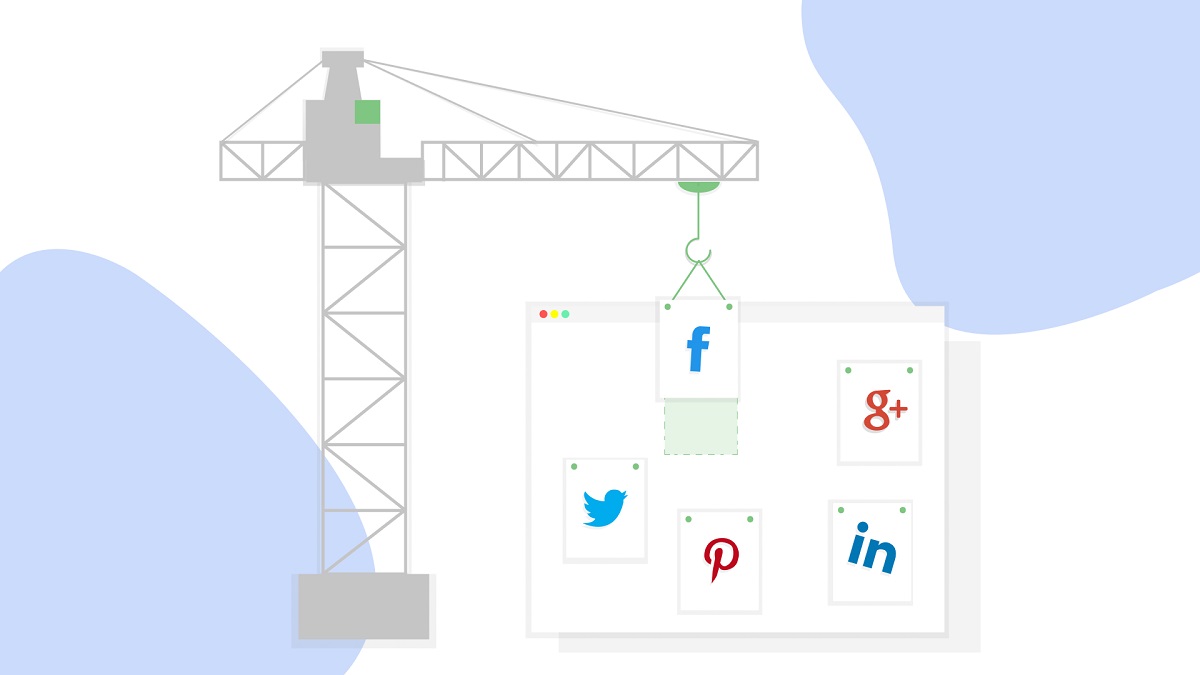How do you create great Facebook ad campaigns? How do you reach your Ideal Customer Profile and generate the best leads for your sales teams? Facebook has established itself as an incredible marketing tool, but there are a few tricks that will set your ads apart from your competition and generate the sales lift you’ve been waiting for.
Why Facebook?

Facebook brings an incredible amount of viewers to an advertiser’s fingertips. In fact, there are 1.6 billion people around the world that are connected to a small business on Facebook. But more than that, Facebook has unbelievable addressability and allows advertisers to target consumers based on location, demographics, interests, behavior, and connections. Facebook is a great tool to have in your advertising toolkit, but the problem is that it’s also in the toolkit of millions of other advertisers.
The question is: how do you set yourself apart from the clutter and show your ideal customers that you are the perfect company to solve their problems? Here are five ways to improve your Facebook Ad campaigns to ensure that you catch your customers’ eyes, generate more high-quality leads, and close more sales.
1. Know your (target) audience
One of the most important things you do to improve your Facebook ads’ success rates is doing the upfront work of answering the following questions:
- Who is this ad for? You can’t effectively speak to everyone. Therefore to have an effective ad, you need to make a conscious choice about who you are going to target with this ad. Are you going to go after your ICP (Ideal Customer Profile)? Do you have a target customer persona that you want to go after? These will drastically affect who you decide to target with your ad, as well as the language you use to target them.
- Where are they in their customer journey? It is important to think about where you are trying to communicate with audiences within their customer journeys. Are you trying to demonstrate why they need to change? Why do they need to go with you? Or why do they need to change now? You will communicate very differently with someone who knows nothing about your company vs. someone who is very knowledgeable or someone who doesn’t even know what your product category is vs. someone who just needs a push to purchase. This knowledge will also heavily affect what you want your viewers to do.
- What do you want to convince them to do? Now that you know who you’re targeting and where they are in the sales funnel, you need to plan out what you want your ad to accomplish. What does a win look like? Do you want your viewers to learn more? Request a demo? Start a trial? You need to design your call to action around what you want your audience to do if your ad does its job, so think carefully! This action should line up with the previous two questions of who your target audience is and where they are in the sales funnel.
2. Be concise
With Facebook ads, you only have a few seconds to grab viewers’ attention. This is because the nature of the ads is “interruptive” rather than “intentional” from the end-user standpoint. As a result, you need to be very deliberate with every word in each ad. Pack as much meaning into each sentence and eliminate any words that waste space!
To make things even trickier, within this limited space, you want to be able to communicate to your target audience as effectively as possible. This means speaking to their “hopes and dreams”, and then explaining the “claim” your company is making, followed by how the customer will “gain” by choosing your company or clicking on your ad. While this is difficult, if you are able to fit this story arc into a concise format you will drastically increase your audience’s willingness to engage with your ad.
3. Whenever possible, show rather than tell
Concise text is great. It delivers a gripping message to your audience. But clean graphics with relatable images much more effective at quickly engaging your audience. When thinking about these images, here are a couple of factors you can consider:
- What do your customers look like? Having people in your images that are similar to your audience draws them in and makes your product approachable and intriguing by making your potential customers ask themselves, “If people in my “tribe” use this, do I need it?”
- What are your images showcasing? Think about what the people in your images are doing. Make sure that your images show off the fears/dreams of your customers, the feature you’re discussing, or the gain that your product/service delivery. You don’t want a generic image that could be used for anything. Make sure your images engage your viewers and emphasize the point you’re trying to make with your ad.
- How natural are your photos? It’s often easy to get sucked into the trap of using stock photography for your ads because it’s easy, has good photographs, and uses attractive people. But these photos are generic, rarely showcase your product effectively, and are often too “stale” to effectively deliver your message. Use real photos of your employees or product helping customers! This way, you can showcase exactly what actions or features you need to, and you are capturing real moments. This truthfulness will resonate with viewers and help you effectively communicate with them.
- Can you use videos? When in doubt, use videos or animations to portray your message. Just as photos are more effective than words, videos are more effective than photos. Videos will both attract and retain viewers’ attention for longer, giving you a better opportunity to deliver your message.
4. Always be testing
As is the case with most ads, it’s crucial that you use your Facebook ad campaign as an opportunity to utilize A/B testing. You can do this by taking an ad, slightly altering it, and comparing how each version performs with your audience (see below). This method of advertising gives you the opportunity always to be iterating on and improving your ad campaign. This will make sure that the ad communicates as effectively as possible with your audience and is able to hook them and effectively show them how your product/service will make their lives better.
5. Measure your success
It is critically important that you track how well each part of your Facebook ad campaign is performing with your audience. How is each version of the campaign doing? How many views are they getting? What is the click-through-rate of each? What is your view-to-lead conversion rate? What is your lead-to-close conversion rate?
This measurement is also an opportunity to utilize cookies and track your audience for retargeting. If you can’t convince them to use/purchase your product/service now, you can guide them along their journey and continue to show them how they can benefit from it, so they might decide to purchase in the future. Additionally, tracking your customers gives you a huge opportunity to learn more about them. What do they like? What are their interests? Who do they respect? Utilize this information (especially at scale with trends, etc.) to inform the way you communicate your advantage to customers and which benefits are the most applicable to which customer segments.
Facebook is an incredible tool for advertising that gives you a massive audience and the ability to target them with previously unheard of accuracy. However, it is critical to keep the above concepts in mind when designing your campaign so that your ad reaches the right people, interacts with them the right way, and drives the best leads to your product/service so that you can improve their lives.
